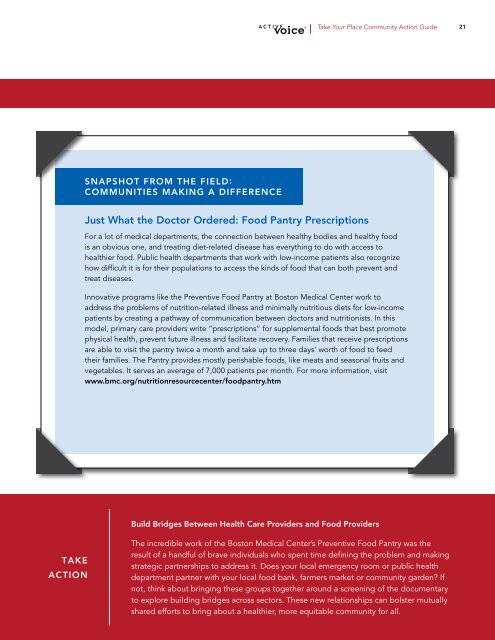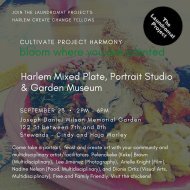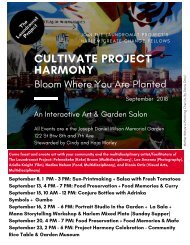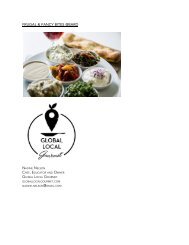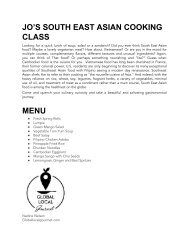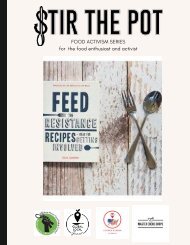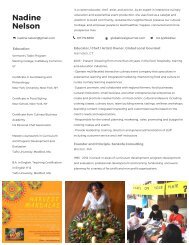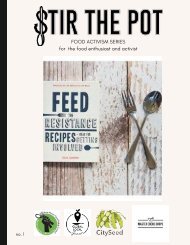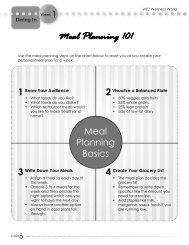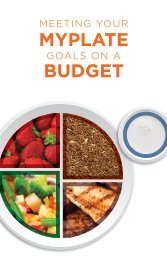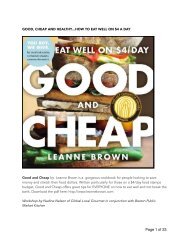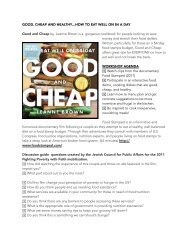APATT_CommunityActionGuide
You also want an ePaper? Increase the reach of your titles
YUMPU automatically turns print PDFs into web optimized ePapers that Google loves.
Take Your Place Community Action Guide<br />
21<br />
Snapshot from the Field:<br />
Communities Making a Difference<br />
Just What the Doctor Ordered: Food Pantry Prescriptions<br />
For a lot of medical departments, the connection between healthy bodies and healthy food<br />
is an obvious one, and treating diet-related disease has everything to do with access to<br />
healthier food. Public health departments that work with low-income patients also recognize<br />
how difficult it is for their populations to access the kinds of food that can both prevent and<br />
treat diseases.<br />
Innovative programs like the Preventive Food Pantry at Boston Medical Center work to<br />
address the problems of nutrition-related illness and minimally nutritious diets for low-income<br />
patients by creating a pathway of communication between doctors and nutritionists. In this<br />
model, primary care providers write “prescriptions” for supplemental foods that best promote<br />
physical health, prevent future illness and facilitate recovery. Families that receive prescriptions<br />
are able to visit the pantry twice a month and take up to three days’ worth of food to feed<br />
their families. The Pantry provides mostly perishable foods, like meats and seasonal fruits and<br />
vegetables. It serves an average of 7,000 patients per month. For more information, visit<br />
www.bmc.org/nutritionresourcecenter/foodpantry.htm<br />
Build Bridges Between Health Care Providers and Food Providers<br />
TAKE<br />
ACTIOn<br />
The incredible work of the Boston Medical Center’s Preventive Food Pantry was the<br />
result of a handful of brave individuals who spent time defining the problem and making<br />
strategic partnerships to address it. Does your local emergency room or public health<br />
department partner with your local food bank, farmers market or community garden? If<br />
not, think about bringing these groups together around a screening of the documentary<br />
to explore building bridges across sectors. These new relationships can bolster mutually<br />
shared efforts to bring about a healthier, more equitable community for all.


